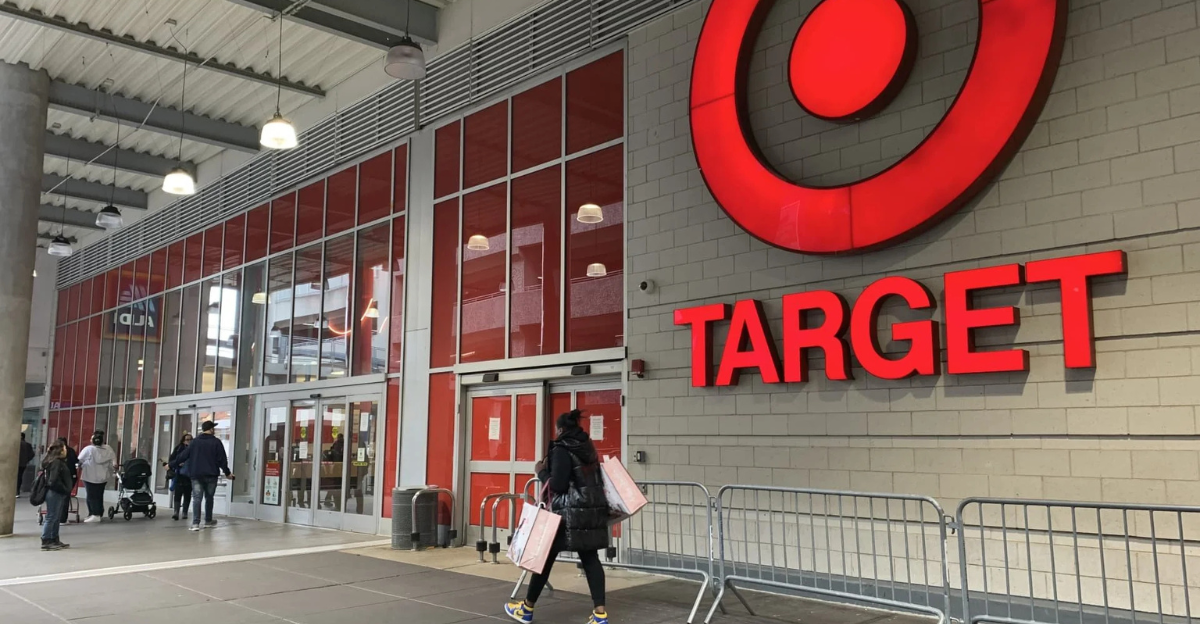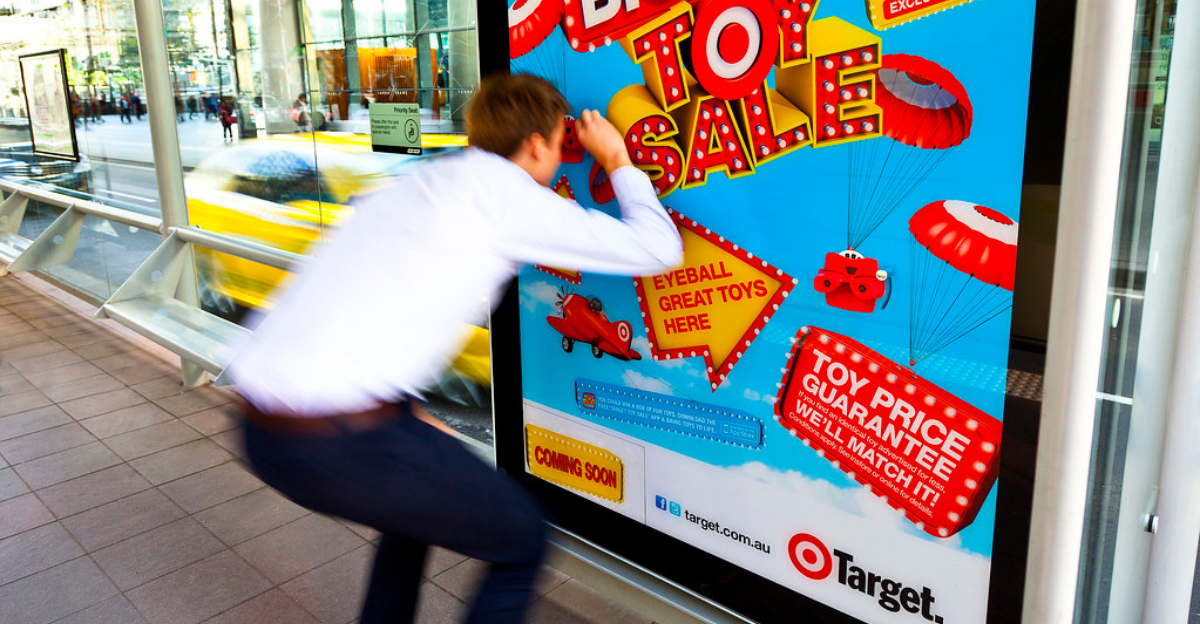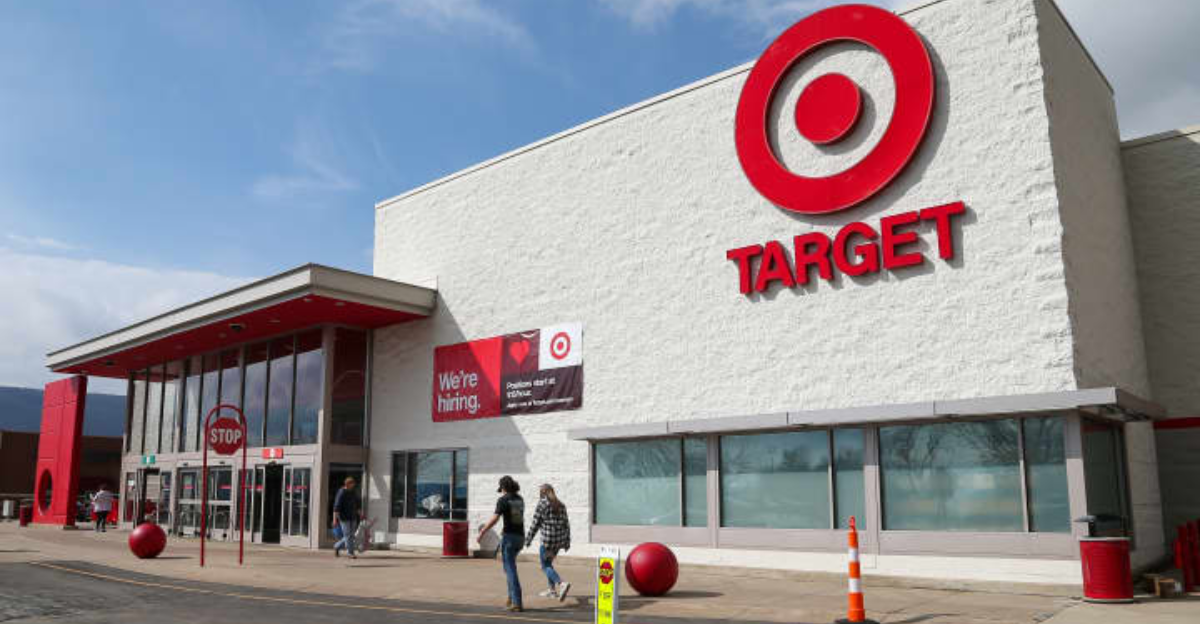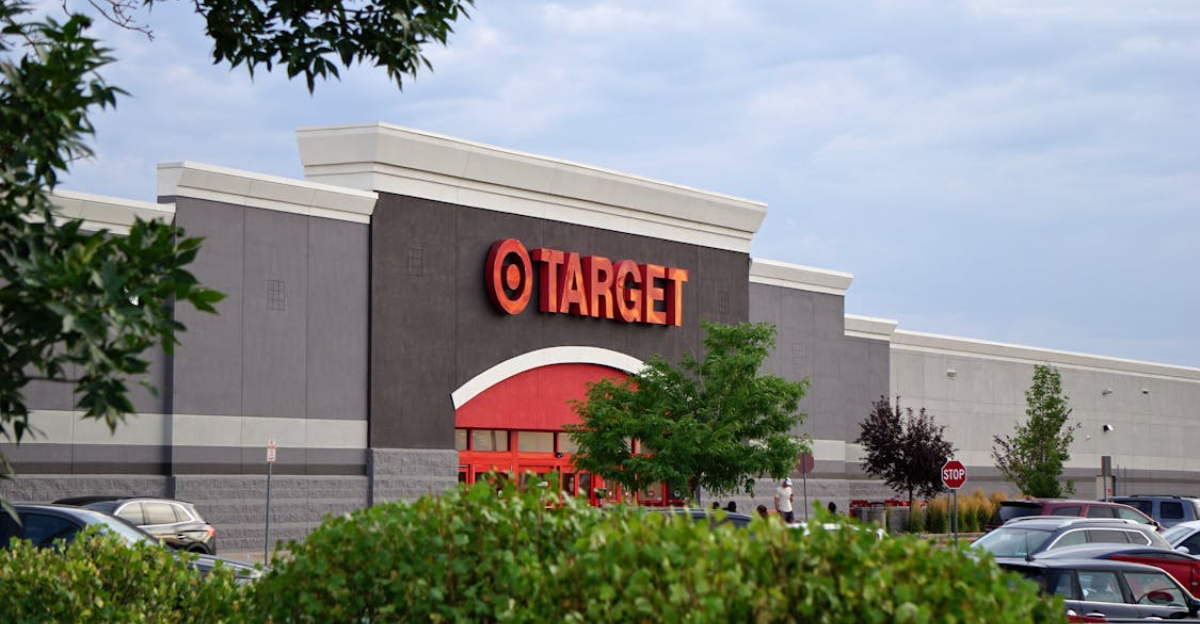
Target pulled the plug on the safety valve many shoppers depended on. For years you could stroll in, flash a cheaper Amazon or Walmart price, and Target would come along. That little ritual saved real money and made comparison shopping weirdly satisfying. Now the company is backing away, saying it wants simpler pricing and other ways to reward loyalty. We get why margins matter, yet we keep thinking of parents stretching school budgets and people stacking digital receipts like trading cards. Something in the uneasy retail truce slipped, and the hit is headed for our carts.
What Was Target’s Price Match Policy?

Back when price matching still worked at Target many shoppers treated it like an insurance policy. If you bought something then found the exact same item at Amazon or Walmart or even on Target.com you could ask for the lower price. You had fourteen days to speak up. The item had to match in every detail brand model color size and it had to be in stock. When it clicked you walked away knowing you did not overpay and that felt good. People who stacked coupons with a match could squeeze a few extra dollars out of a receipt.
Details of the Policy Change

Now though, things have changed. Starting July 28, 2025, Target will no longer honor price matches with Amazon or Walmart. That easy comparison game is over. From now on, price matching is staying in-house, limited to Target stores and Target.com. Even then, the rules are tighter, only official Target listings count, with no wiggle room for third-party sellers hiding on marketplace pages. For shoppers who once hunted deals across platforms, this feels like someone just shut a door and locked it. The change is final, and Target is betting customers will stick around anyway, even without that extra layer of savings.
Reasons Behind the Change

Target says it wants to simplify pricing, which sounds polite for trimming anything that eats into profit margins. They are leaning on everyday price points and house labels. Target Circle does the smiling and handing out little breaks. But then, the timing feels tied to more than just “simplicity.” Sales are slipping and store traffic feels thin, and when you throw in rising costs with investors on edge, it’s easy to see why Target is pulling back. Ending price matches may sound like strategy talk, but it’s really about keeping more money in the till.
Impact on Shoppers and Savings

Shoppers are the ones left to figure it out. Price matching felt like a small win in the fight against rising costs. Without it, a lot of bargain hunters will glance at Amazon or Walmart and wander off, because why not chase the better deal? The change chips away at that sense of security Target built with its customers. People who used to stack savings and play the comparison game now have fewer moves. For families trying to stretch every dollar, this shift feels like Target quietly stepping back from the fight.
How Price Matching Worked in Practice

The old system wasn’t exactly complicated but it did require some hustle. Shoppers needed proof of the lower price, usually a screenshot or ad, plus the item had to be identical in every way. Clearance products, bundles, and holiday doorbusters were all off the table. And if you lived in Alaska or Hawaii, the rules could get fuzzy, which made the whole thing feel like a bit of a scavenger hunt. Still, when it worked, it worked. One quick trip to guest services and you walked out feeling like you’d won a small but meaningful victory against the retail machine.
Strategic Business Implications for Target

From the business side this shift feels like late night spreadsheet math. Target has been in a long pull with Amazon and Walmart who can discount longer and deeper. Chasing every outside price cuts into margin and makes planning messy.
So, by locking price matching inside its own walls, Target is guarding profit and trying to steer shoppers toward owned brands, store trips and membership deals where it has more control. That gamble works only if shoppers stay even when someone else is cheaper. Investors will be watching the traffic numbers. So will we.
Industry Trends and the Future of Price Matching

Retail has been sliding this way for a while, with fewer big promises and more fine print, as many chains trimmed their price match lists or tied them to membership apps. Software watches competitor prices in real time and that lets retailers adjust quietly rather than promise a match. Over time the draw shifted to loyalty points and app promos while faster pickup and short window deals do the rest. Price wars burn cash and goodwill so the best price pledge keeps shrinking each season. Target is the one saying the quiet part.
Alternatives for Consumers to Save at Target

The end of competitor price matching doesn’t mean Target shoppers are out of luck. There are still ways to trim a receipt if you know where to look. Target Circle offers rotating deals and personalized discounts, while the RedCard still gives that reliable 5 percent off. Manufacturer coupons remain fair game, and seasonal sales events can drop prices lower than any match would have. Just remember, stacking coupons with price matches was never easy and now it’s gone for good. The savings exist, but you’ll have to dig a little deeper to find them without Target doing the heavy lifting anymore.
Conclusion

Dropping competitor price matches closes a door shoppers used for years. Some people will not care. They come for drive-up pickup and the brands they like and will keep doing that. Others will do the math and move when Amazon or Walmart comes in lower. The change matters because it signals the direction retail is moving. There is less open sparring over prices and more focus on loyalty programs. That quick trick of flashing a cheaper screen is nearly gone, and saving at Target means watching sales more closely.
